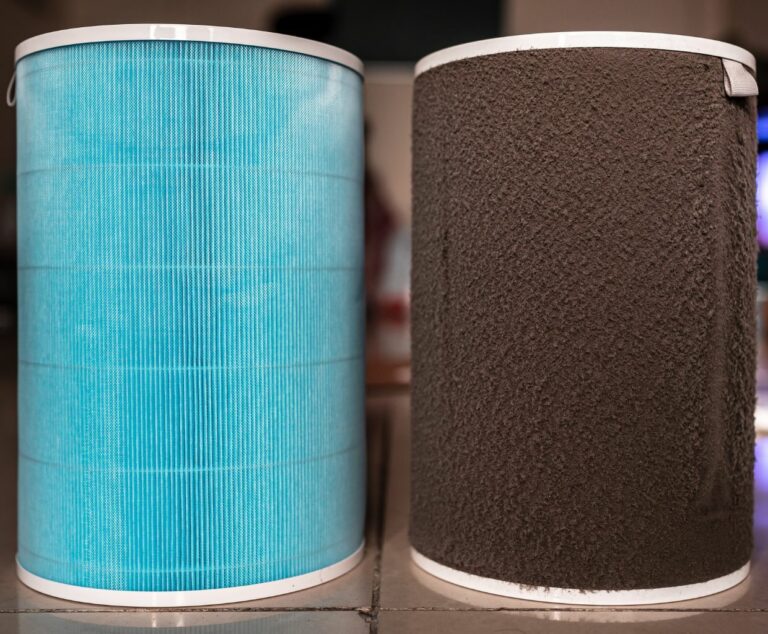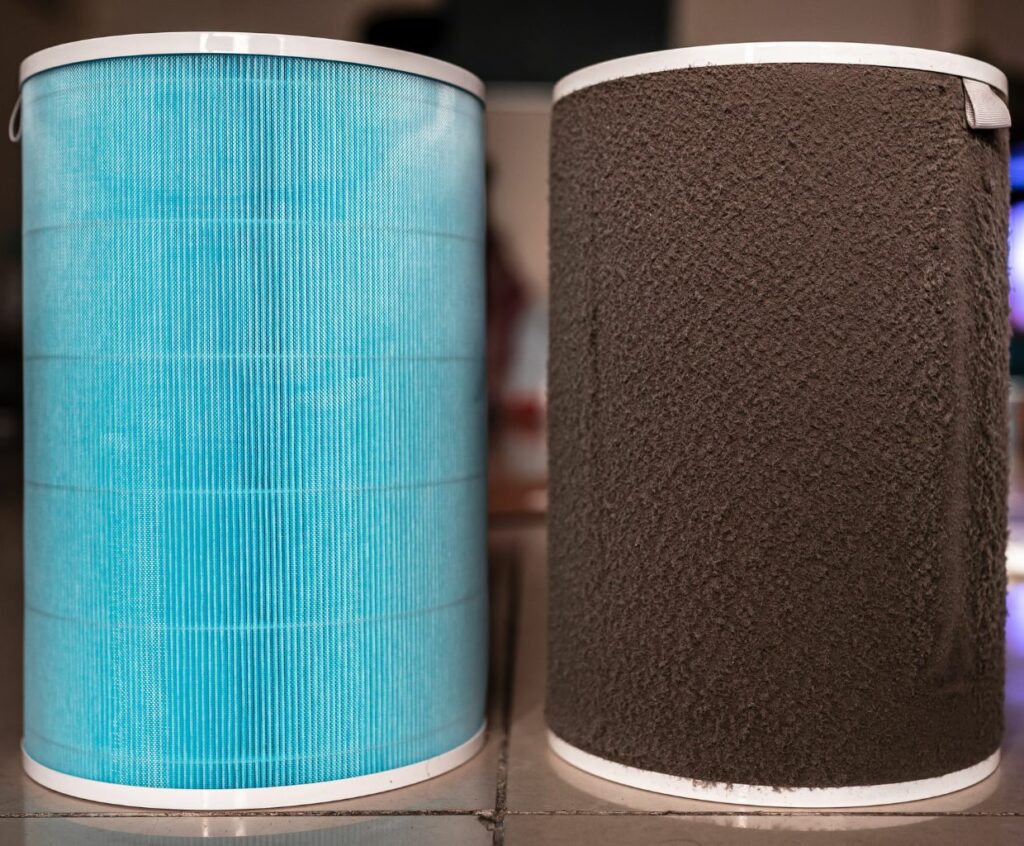Pre-filters are an essential part of any air purifier. They help keep the HEPA filter clean by trapping large particles and allergens so that they don’t make their way into the rest of your home. They also reduce noise levels in some models, especially those with a fan that sucks air in from outside through vents in the walls or ceiling.
If you’re shopping for an air purifier but aren’t sure if you need one with a pre-filter attached, this guide will help you decide whether or not one’s right for your needs—and what to look for when buying one at an online store.
Content Summary
What is a pre-filter?
Pre-filters are the first line of defense against particulates and pollution. They’re made of a high-quality material that can filter out particles as small as 0.3 microns, which is about 20 times smaller than human hair.
As the air passes through this pre-filter, it collects dust, dirt, pollen, and other contaminants before they enter the HEPA filter. Pre-filters must be changed periodically to ensure they’re working correctly and not becoming clogged with too much dust or pollen from your home’s environment.
Do you need a pre-filter for your air purifier?
A pre-filter is a filter that cleanses the air before it reaches your purifier’s HEPA or electrostatic filters. This can be helpful if you have pets or smoke in your home, but it isn’t necessary for all air purifiers. If you’re using a HEPA filter (the most common type of filter), then a pre-filter is an excellent idea because it will help remove larger particles from the air before they get trapped by the more expensive HEPA filter.
For instance, if you have a cat and pet dander fills your house, this could clog up your purifier’s more high-end filters much faster than if you had no pre-filters. However, this does not apply to all models of air purifiers—electrostatic models do not require pre-filters and therefore do not need them!
Types of pre-filters
There are two types of pre-filters: paper and mesh. Both types of filters do the same thing but in different ways.
- Paper filters are more efficient at removing large particles because they’re very dense and can trap a lot of debris as it goes through the filter. However, they don’t work so well with small particles—the holes in the paper get clogged up by smaller particulates instead of letting them pass through, so you may need to clean your filter more frequently if you have dust or pet hair floating around the air that needs to be caught by your pre-filter.
- Mesh filters are better at capturing things like dust mites and pollen since they’re much less dense than paper and have tiny holes that allow smaller objects to go through while blocking out bigger ones (but not relatively as small as smoke). Mesh also tends to be less expensive than paper, which is good news for those looking for an affordable solution!
How often should you change the pre-filter in an air purifier?
The pre-filter should be changed every 3-6 months, depending on how often you use the air purifier. If you use it daily, then change it every three months.
When to change your pre-filter
a. If there is a lot of visible dust or debris build up on the pre-filter surface, then it is time to replace them with new ones; reinserting old ones may affect performance and create an unpleasant smell in your home as well as increase energy consumption by over 50%!
b. If you see many small holes in your filter from where particles have passed through (and thus not been trapped), these filters need replacing immediately!
- Read Also: Best Air Purifier With Washable Filters
Benefits Of Pre Filters
A pre-filter is an essential part of any air purifier, and one has several benefits.
- Pre-filters help remove dust, pollen, and other particles from the air before they reach the primary filter. This can extend the life of your machine by protecting it from overuse and damage.
- They’re easy to replace when you need to, meaning maintenance costs are low or nonexistent. You can also wash or vacuum them if desired; however, this will reduce their effectiveness over time, so it’s best not to repeat this process too often (we recommend only doing it once every few months).
- Many pre-filters work in places around your home beyond just being used with an air purifier. They can also be put on top of stoves while cooking food if smoke tends to build up while cooking certain foods such as fish or chicken breasts; they’re great for smokers who love smoking outdoors because they’ll help prevent secondhand smoke from getting inside while still allowing them access outside during colder weather (this would allow smokers who don’t want kids around them smoking inside).
Downsides of a Pre Filter
While pre-filters are an excellent way to keep your air purifier running smoothly, they also have drawbacks. One of the most significant downsides to pre-filters is that they’re expensive—sometimes even more than the actual air purifier. Another downside of pre-filters is that you’ll have to replace them regularly, which can add up quickly if you’re replacing them often.
Pre-filter replacement can also be inconvenient because sometimes, removing and replacing the filter requires you to take the whole unit apart. The last problem with pre-filters is that some people find them difficult to clean because dust and dirt have built up on top of them.
Conclusion
Your air purifier’s pre-filter is the first line of defense against particulates and pollution. Make sure your pre-filter is clean before you put it into the machine. If not, you could damage your machine’s electronic components or even void your warranty.
If you don’t know how to clean it, consult with the manufacturer of your device for instructions on how to do so safely.
I hope this article has helped you understand what a pre-filter is and why it’s crucial to have one in your air purifier.
I’d also like to remind you that if you already have an air purifier but don’t have a pre-filter, now is the time to invest in one! It’s easy enough to purchase a replacement part online and install it yourself. If not, contact your local HVAC company, which can help guide you through the process of installation as well as assist with any other questions or concerns while they work on replacing their dirty old one with something new.


